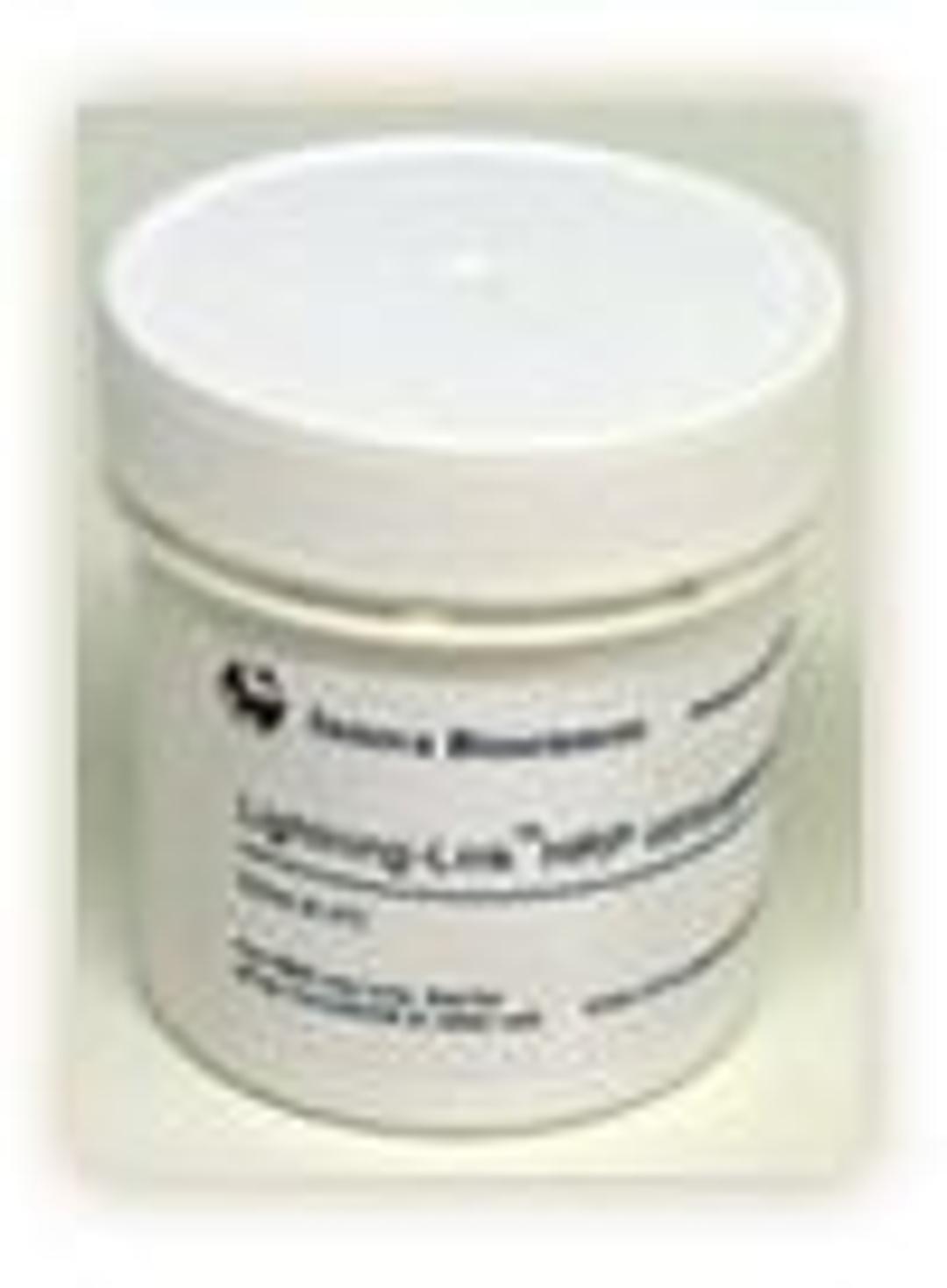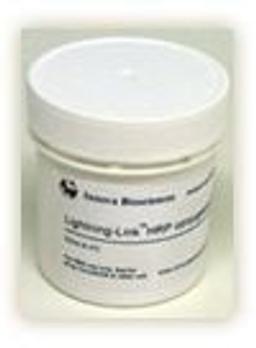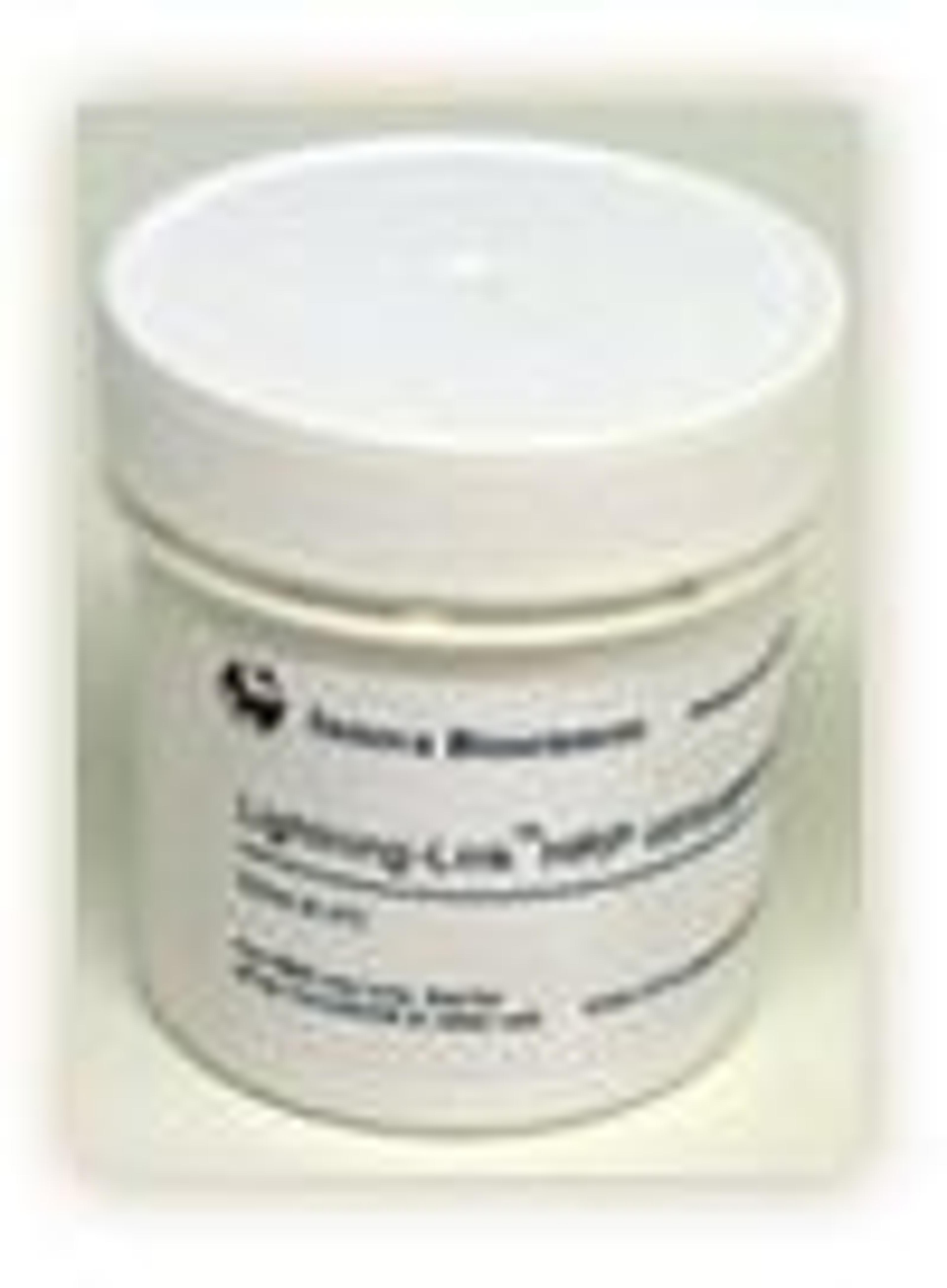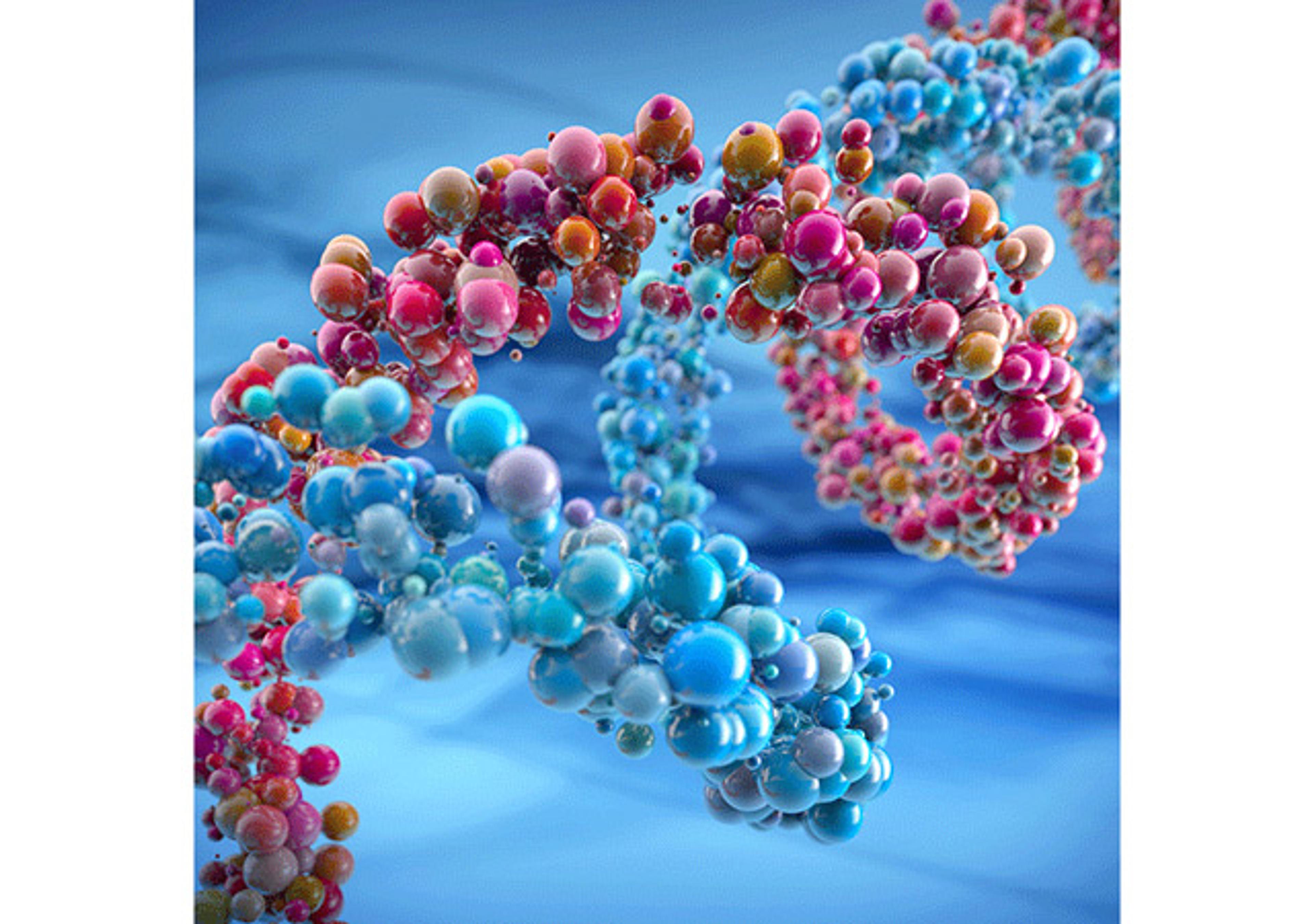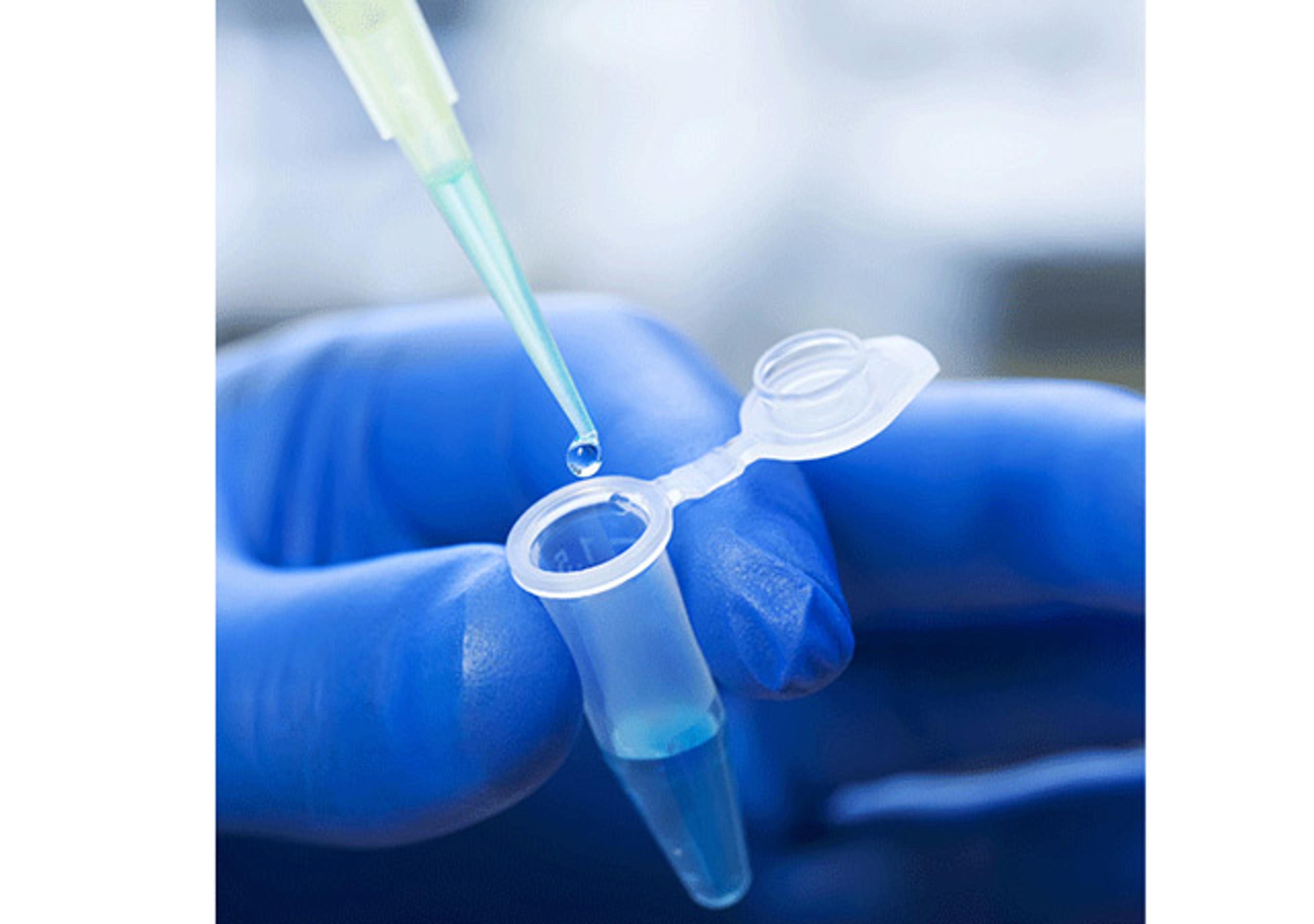Lightning-Link™ Alkaline Phosphatase (AP) kit
Say goodbye to secondary antibodies – Go direct using the World’s Easiest DIY Antibody Labeling Kit - Lightning-Link™! • Eliminates need for secondary antibodies • Reduces the number of wash steps • Ideal for multi-protein analysis – with over 40 available labels • Very easy to use • 100% antibody recovery Lightning-Link™ kits The DIY Lightning-Link™ kit allows you to label an antibody with minimal hands-on time - less than 30…

The supplier does not provide quotations for this product through SelectScience. You can search for similar products in our Product Directory.
Say goodbye to secondary antibodies – Go direct using the World’s Easiest DIY Antibody Labeling Kit - Lightning-Link™!
• Eliminates need for secondary antibodies
• Reduces the number of wash steps
• Ideal for multi-protein analysis – with over 40 available labels
• Very easy to use
• 100% antibody recovery
Lightning-Link™ kits
The DIY Lightning-Link™ kit allows you to label an antibody with minimal hands-on time - less than 30 seconds. Simply add your antibody solution to a tube of Lightning-Link™ mix and the label becomes covalently attached to your antibody in a gentle controlled process.
Go ‘direct’
Direct antibody labelling greatly simplifies immunodetection techniques. Without the problems of crossover and/or non-specific binding from secondary reagents it is far easier to obtain high quality, pioneering results in techniques such as flow cytometry, ELISA, Western blotting and immunohistochemistry. A reduction in the number of incubation and wash steps also saves you time and money.
Alkaline phosphatase (AP) is a hydrolyase enzyme that is frequently used in antibody conjugation for immunoassays. AP has a lower catalytic rate than HRP, but has greater stability and maintains linear reaction kinetics for much longer. PNPP is a popular colorimetric substrate for AP; the product of the reaction, p-nitrophenol, can be read at 405nM. Fluorogenic substrates (e.g. 4-methylumbelliferyl phosphate; MUP) may also be employed.

